Samsung Galaxy S9 Plus
It's the “tick” year for smartphone makers, meaning changes will be subtle and possibly inconsequential. But amongst the many “small” features Samsung has made to its flagship, one stands out. The Galaxy S9 Plus is of course about the variable aperture camera, because without it, this is at best a minor update to the Galaxy S8. So, let's begin with what matters.
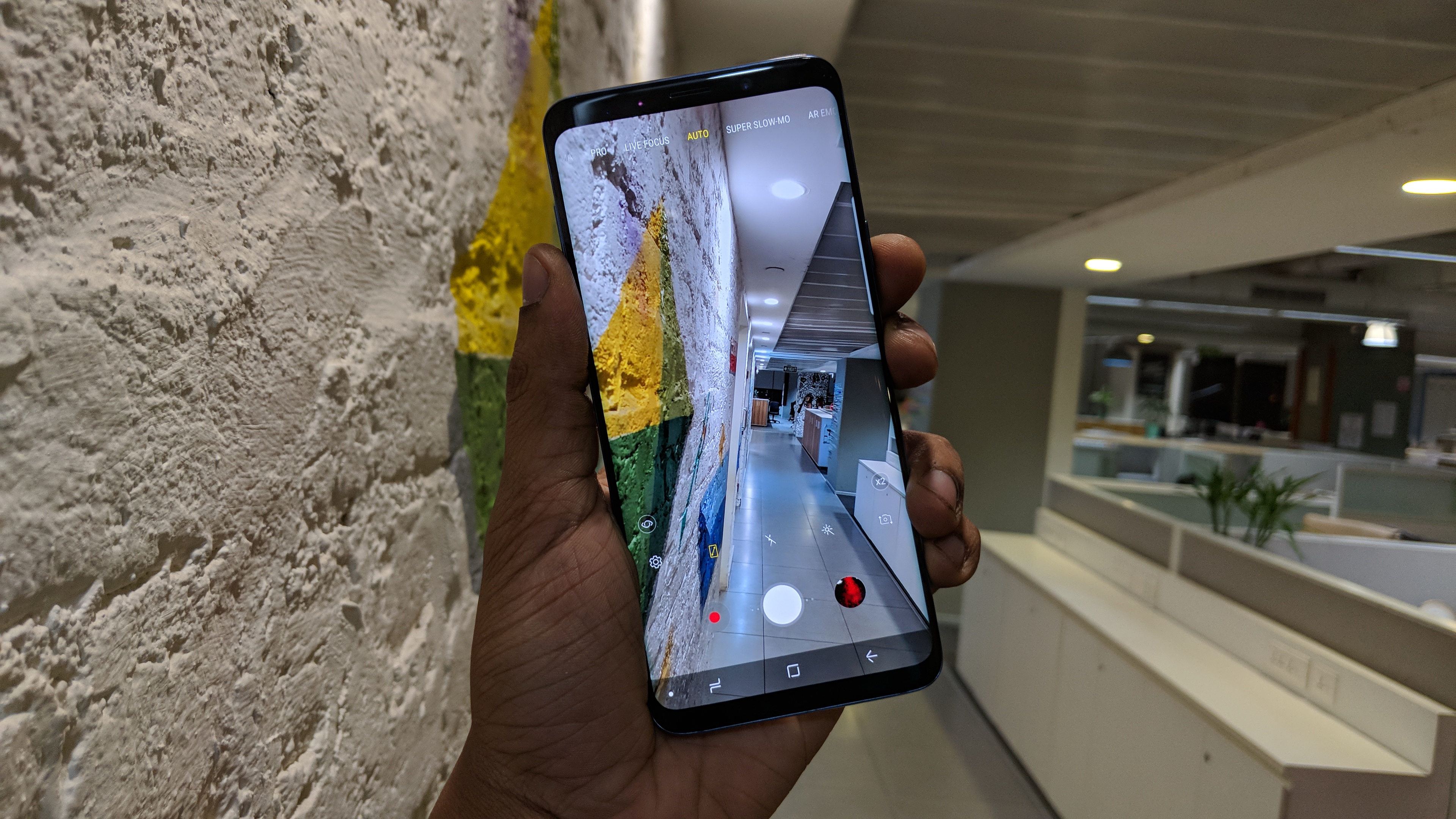
Camera
F/1.5 is the widest aperture we've seen on a smartphone yet. The Galaxy S9 compliments that by allowing a toggle for smaller F/2.4 aperture. On the auto mode, the camera will switch between 1.5 and 2.4 on its own volition. If you want to actually see the aperture change, you can switch to the Pro mode and hit the aperture toggle. You will see the blades close in on the primary lens when shifting to the narrower aperture. What the Galaxy S9 Plus can't do is manage transitions across these apertures. You either have f/1.5 or f/2.4, which theoretically speaking, is still a big deal.
You'll probably (and rightly) marvel at the technology here. However, its impact may not be evident to you right off the bat. Samsung's phones always shoot bright photos, compromising details for colour vibrancy.
Don't get me wrong, this is still a great camera, but long time Samsung users will notice a definite change in the company's imaging philosophy here. Where Samsung has focused on making colours as vibrant as possible in the past, the S9 Plus tilts towards a more natural shade.
However, in doing so, many images appear washed out (on auto mode), especially when put next to the same image shot from a Pixel 2. In bright light, the Galaxy S9 Plus takes some of the best photos you can get, with punchy colours. In low light, wide aperture and tried-and-tested algorithms work together to produce very bright photos. Yet, if you compare to a Pixel, you'll notice that the Galaxy S9 Plus is still inferior to Google's Pixel 2. Details are lost due to aggressive noise removal, and colours are often washed out, which is specific to the S9 Plus. Personally speaking, this is the only Samsung flagship that has disappointed me in any way, when it comes to the camera.
That said, if you're sharing photos on social media only, this camera is more than enough. Despite its shortcomings, the Galaxy S9 Plus can certainly rank amongst the best, but I personally would switch this with the Note 8 any day.
Camera samples
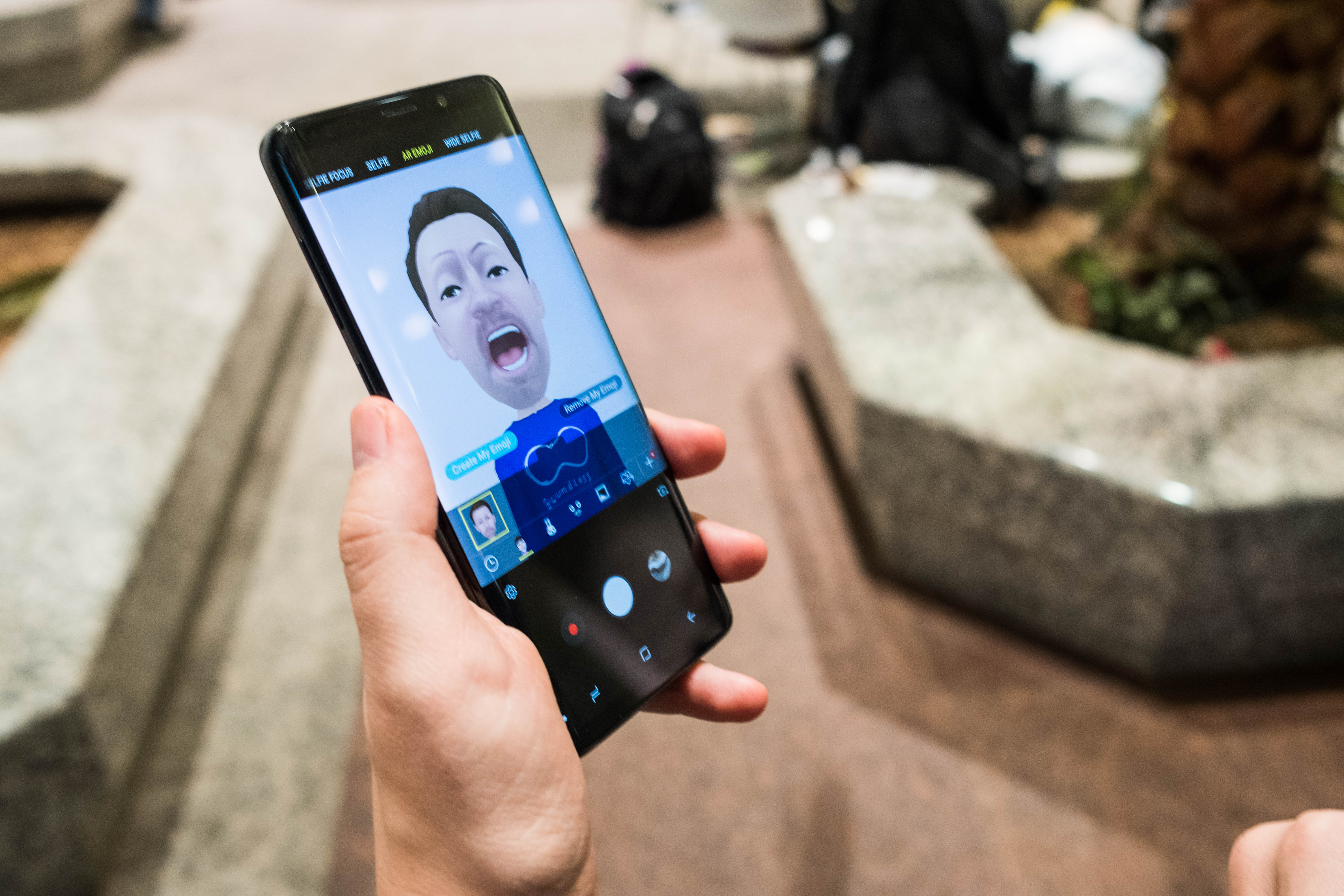
AR Emoji
Samsung admits that this new feature is all about having "fun" with the Galaxy S9 Plus. Switching to AR Emoji mode on the camera app allows you to take a selfie and convert it into a cartoonish character. The character the phone creates will almost never look like you, which is where the fun element comes in.
What AR Emoji seems to do is create a more exaggerated version of the expression on your face. It can come off as creepy but indeed makes for some fun times with friends. That is, till the novelty wears off.
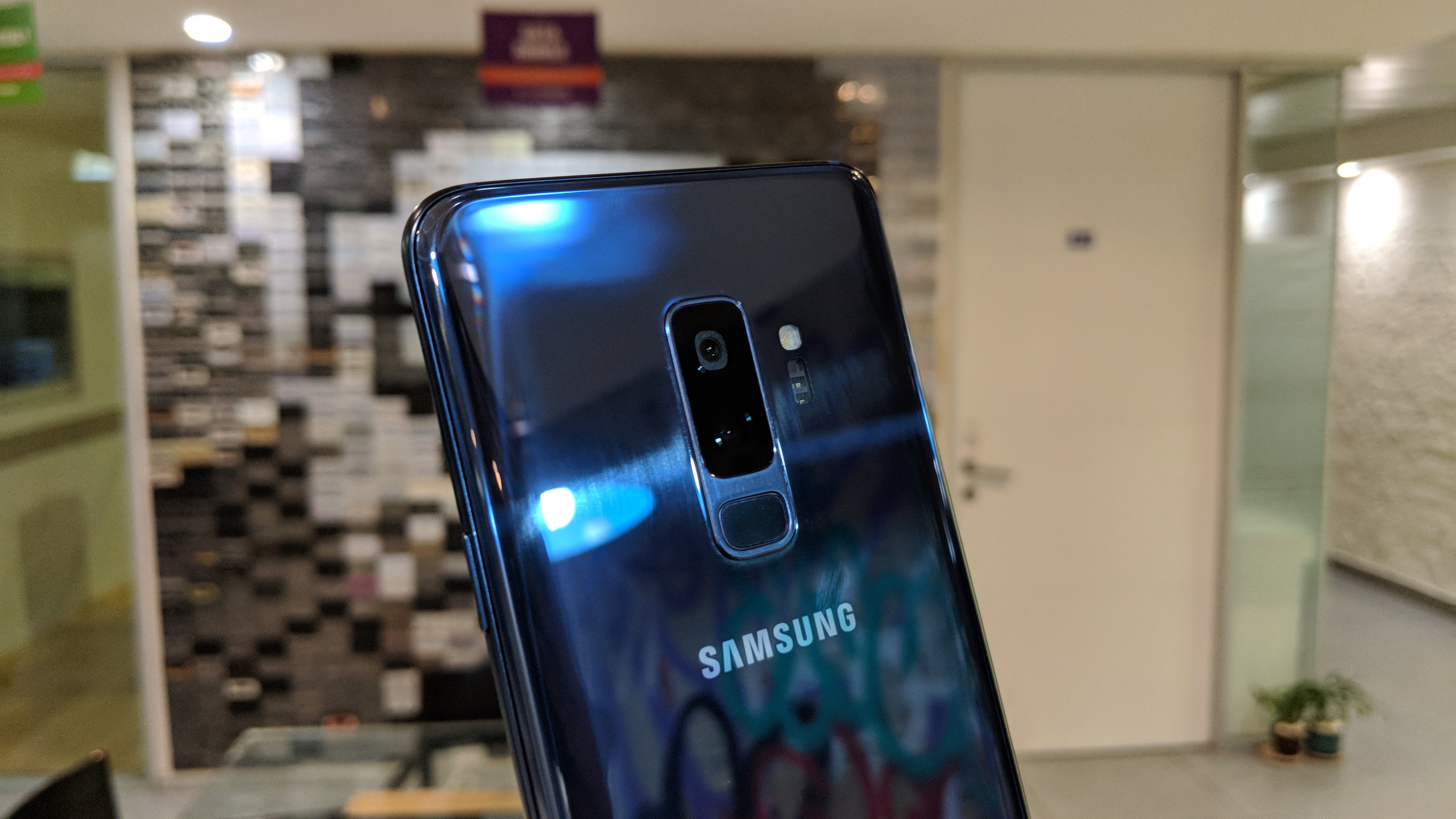
Super Slo-Mo video
Taking a page out of Sony's book, the Galaxy S9 Plus can shoot 960fps slow motion video. And just as it was with the Xperias, it's a feature I almost never used. In fact, the only reason I even tried it because I had to write this review.
That said, super slow motion video might find use in certain niche use-cases. What you must know is that the Galaxy S9 Plus has to be quite stable for this to work, so a tripod is recommended. A moving car, low light, while walking etc. are not the perfect situations for shooting super slow motion videos. In essence, depending on the type of user, super slow motion can either be a gimmick, a novelty or absolutely useless.
Summing up the Galaxy S9 Plus' camera
Samsung impressed the world by putting variable aperture on a phone. However, it also has the first mover's disadvantage here. It seems to me that the company's algorithms aren't perfectly tuned to changing aperture yet, causing the washed out images. What's more noteworthy though is that when it does shoot right, the S9 Plus isn't a huge upgrade over the S8 or Note 8. If anything, the Note 8 can trump this one at times.

Design
With the camera covered, I feel like there's nothing more I can tell you about the Galaxy S9. It has a more rectangular design than last year and feels wider than the S8 Plus. But it's still a mighty compact smartphone when you consider the large screen size. Other than that, this is just the same design as the Galaxy S8 Plus, at least on first glance.
Samsung used Gorilla Glass 5 for the body this time and the S9 Plus is heavier than both the S8 Plus and Note 8. The extra weight is possibly a result of a heavier aluminium chassis on this device. It's just enough to be reassuring, but not enough for the phone to feel unwieldy.
Samsung is following the "if it ain't broke, don't fix it" philosophy here, and it's hard to argue against. Yet, the enthusiast in me says I want newer designs on smartphones every year. It's funny how fast a "new" design gets old.
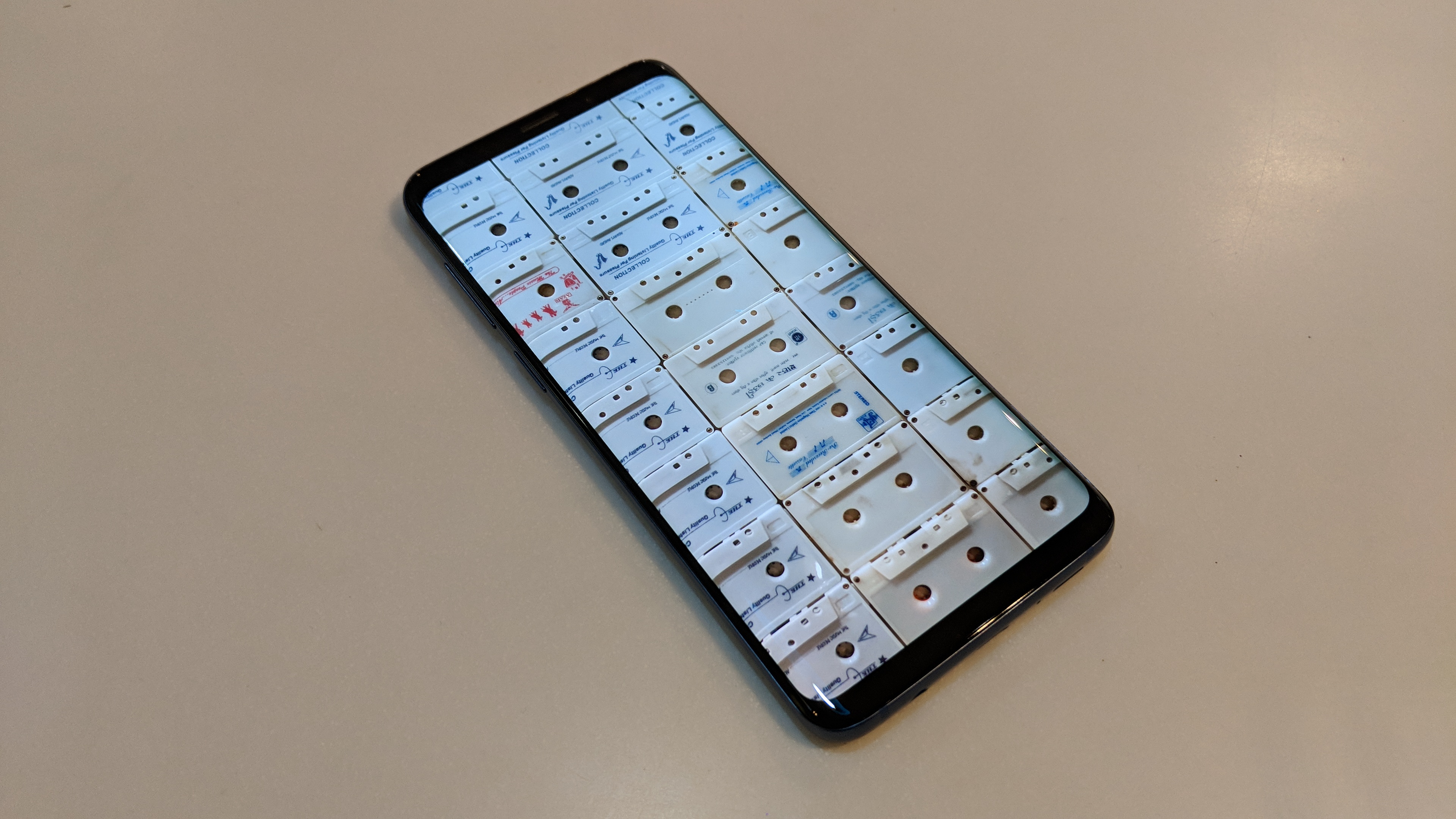
Display
And just like the design, the Galaxy S9 Plus' display is a repeat of 2017 too. You get a 6.2-inch Super AMOLED display that impresses no matter what you use it for. It feels premium, colours pop and refresh rate is high. There's really nothing to complain about. It can take on any of the top-end flagships today, and barring the iPhone X, there's nothing out there that could compete against the S9 Plus.
Performance
The performance difference between 2017 and 2018 Exynos chipsets is essentially the same as that between Qualcomm's offerings during this time. The Exynos 9810 that runs on the Galaxy S9 Plus is as capable as any flagship-class chipset should be.
I turned off all animations on the phone, just to see apps opening as fast as they could. At least in these initial days, the Galaxy S9 Plus is smooth and lag-free. It is sure to slow down over time, just like any Android phone will, including the Pixel 2 XL.
Speaking from experience though, Samsung has improved its software over the years and its phones don't start lagging as fast as they did. I've used the Galaxy Note 8 for over six months before this, and though it's slower now, I only realised that after using a fresh out of the box Pixel.
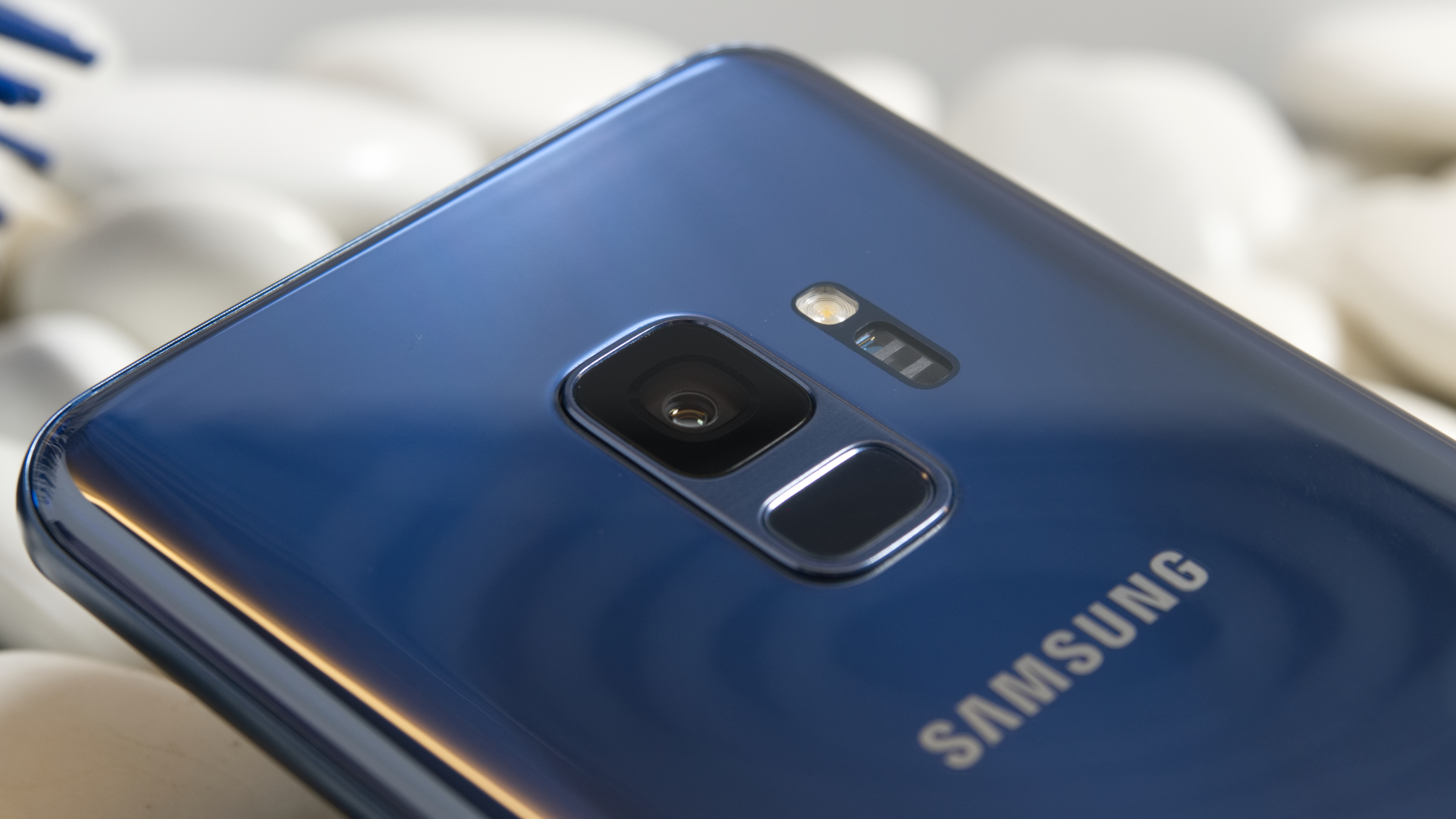
Biometrics
Apple may be trying to kill fingerprint sensors, but Samsung's not buying it. The fingerprint placement here has changed too, thankfully. It's easier to get used to, though it's still tough to discern sometimes. The sensor lies below the dual-camera module on the back, aligned vertically. Medium sized and large hands should reach it easily, but it might take you a few days to adjust to it. When you have adjusted, the sensor never missed a beat.
Samsung also improved the iris scanner this year, using both the IR sensors and an RGB photo of your face to unlock. Given how much Google's built-in face recognition software has improved though, this isn't surprising. The Iris scanner is more usable now, but it's far from being perfect. It still stutters in low light and is slow and unintuitive.
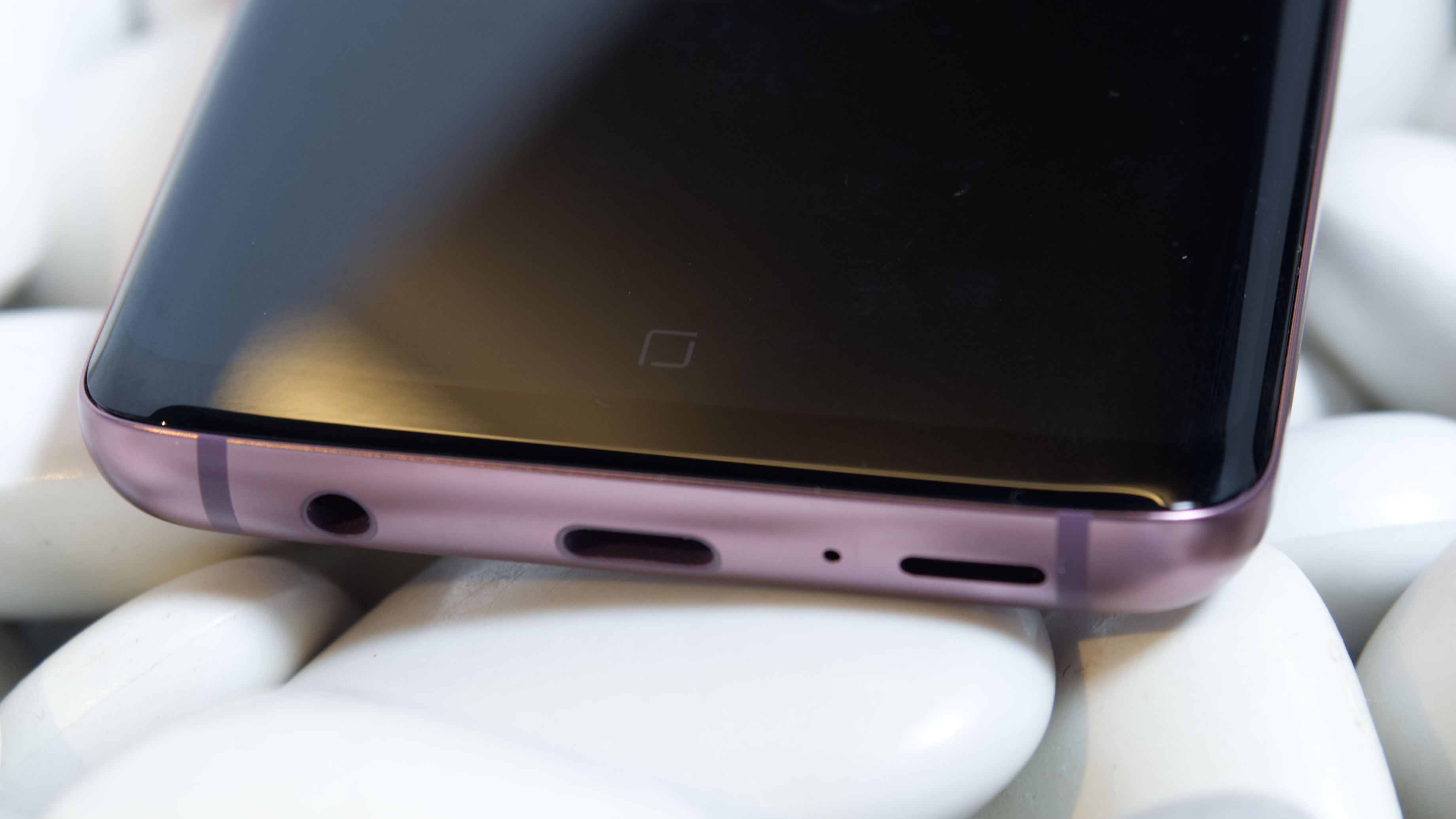
Battery life
When using the S9 Plus without games or other heavy use cases (like shooting long videos), it lasts for 14-16 hours quite easily. However, with the screen turned to auto and heavy gaming during the day, the battery life fell to between 12-14 hours. That's up to flagship standards and makes the Galaxy S9 Plus dependable enough. You will get by with a single charge at the end of the day.
The Galaxy S9 Plus does support fast charging, but Samsung's solution feels more like...umm...charging once you've seen OnePlus' Dash Charge in action. That said, we'll be updating our thoughts on fast charging once the phone has been used a bit longer. The Galaxy S9 Plus' battery might need some time to actually settle down. On the upside, it does support fast charging on both wireless and wired connections.
Our Verdict
The Galaxy S9 Plus is a great phone, but personally, I'm not very impressed. The changing aperture is very cool to look at, but it doesn't make a big difference. The camera can't beat our current favourite, the Pixel 2 and other aspects of the phone are the same as last year. The Galaxy S9 Plus is a good phone, but it's more like a Galaxy S8 2 than a whole new flagship. And that, is disappointing.
0 comments:
Post a Comment